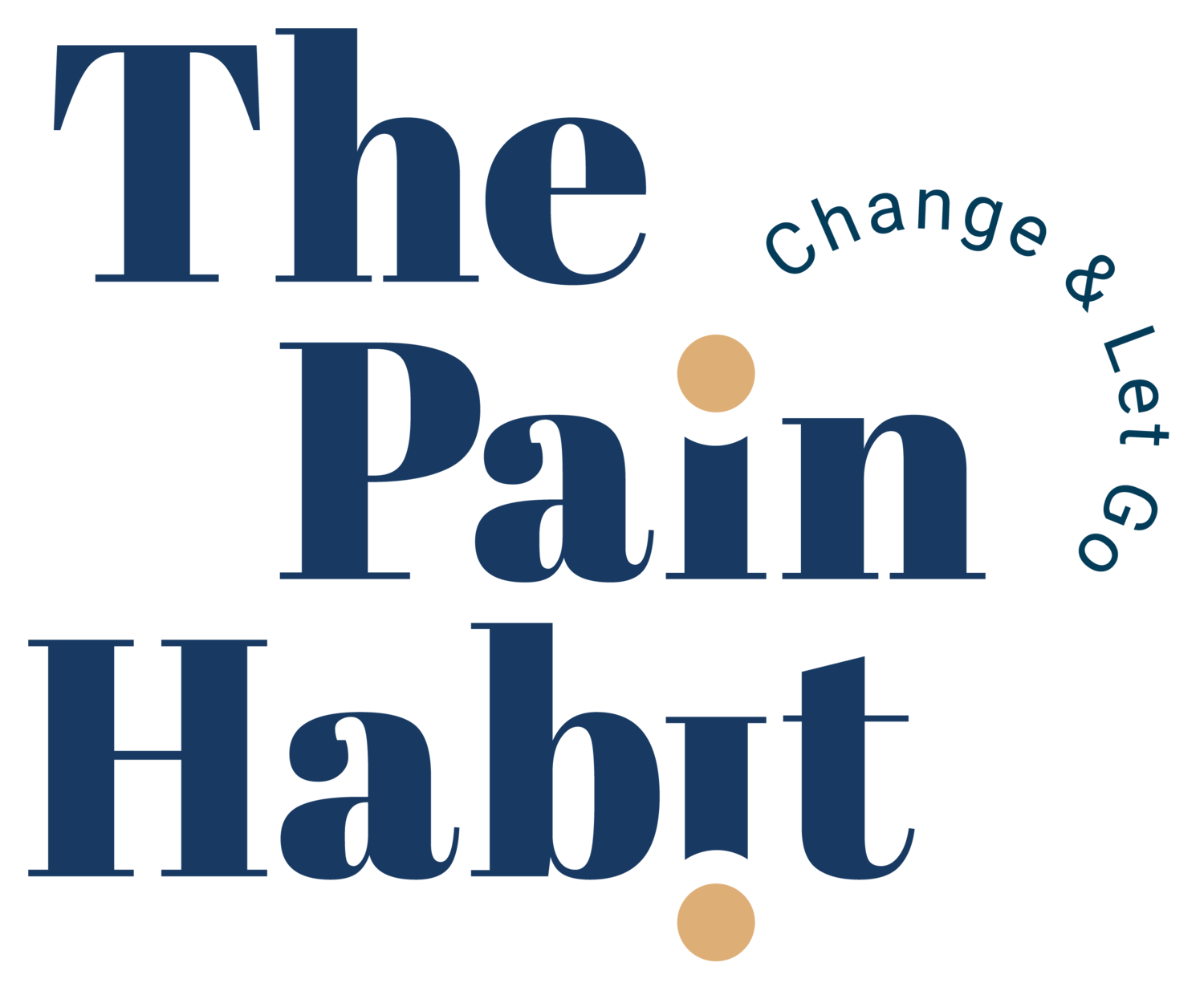How Do I Do Somatic Tracking With Movement?
A Somatic Tracking Puzzle?
A patient’s question - Many somatic tracking exercises, meditations, etc., seem to ask you to be comfortable, relax, breathe deeply, focus on the pain, describe it, give it a colour, a shape - breathe into the pain, and show it a white light.
All good EXCEPT, what if you have no pain in a relaxed, non-weight-bearing state, and pain only happens when you’re moving and exercising? It's hard to do the breathing, relaxing thing then. So, are there things you can do when you’re on the move? Apologies if this has been asked a hundred times!
Take A Moment to Pause
Put somatic tracking to the side for a moment so it isn’t seen as something to succeed at.
Take some pressure off yourself and explore your experience of the process with curiosity.
Ask yourself what emotion you feel when you stand.
Not what do I think, but what do I feel?
Could You Practice Observation?
If it’s fear or frustration, ask yourself if you could practice standing up and experiencing the same pain without reacting.
Don’t move anywhere or start an activity; observe the pain as you stand and be in that moment without any reaction.
It’s not hard to breathe when you stand, as you breathe in that moment anyway (unless you’re holding your breath).
Stand Still
You can stand in pain and be tense or stand in pain and relax. Either way, you’ve still got to stand.
If there is no actual danger, then how you breathe and feel is a choice.
Consciously choosing to breathe slowly is a choice.
Your current reactions are habits but not of your conscious intent.
If you remain reactive whilst standing, change will be slow.
Choose Your Response
If you choose responses and maintain a calm intent even in the presence of pain, you start to wire choice into the brain and body.
So, as an exercise to practice, you could choose a couple of minutes where you commit to focus on standing whilst calmly observing your unconscious reactions.
Just observe.
Notice what face you pull, what your body does, what words or thoughts pop up, what emotions you feel, and what you instinctually feel compelled to do next.
Do Nothing - Just Observe
But do nothing other than observe all of these things.
Focus on your breath and then quietly observe what you feel.
Use the rhythm of your breathing, chosen consciously by you, to represent the safe filter of your experience at that moment.
You are not in danger.
You are safe.
Create And Notice The Gap
This creates a gap of non-reaction where you can choose to insert a rational thought, a breathing pattern or a movement where you respectfully act to take the nervous system down whilst experiencing pain.
And that may mean sitting down, breathing slowly or stating ‘I am safe’.
These choices are not from fear or frustration but from calm respect for your nervous system that has been upregulated for too long.
Patience and Compassion Is Yours
That’s a patient, compassionate approach to take, and if you have pushed hard in the past for your career, parents, children, colleagues, friends and the dog, well, in a moment of pain like this, I think it’s time for you to look after you with a compassionate stance.
It starts with the smallest moments and feels counterintuitive, but rather than what feels like going a step backwards, the pause produces one of the most significant leaps forward in recovery from persistent pain.
Take that pause as the paradoxical and metaphorical ‘step’ into the reality of your recovery.
What’s next?
Take Your First Step to Recovery.
Join our FREE private Facebook group, The Pain Habit Community, to see how others have successfully returned to a pain-free life. Get support on your journey.
Sign up for The Pain Habit Blog below.
Subscribe to The Pain Habit YouTube channel.
Buy The Pain Habit book. Order here.



